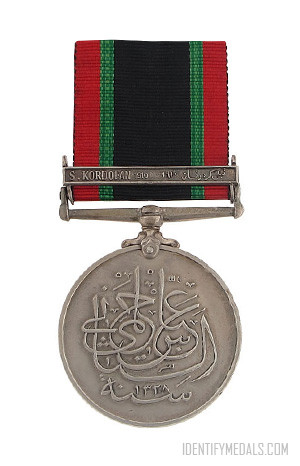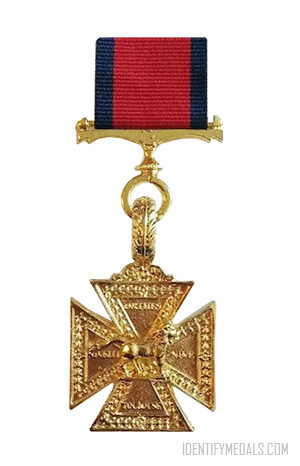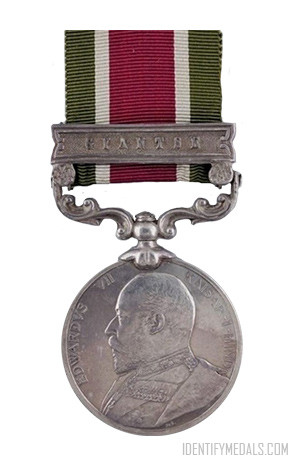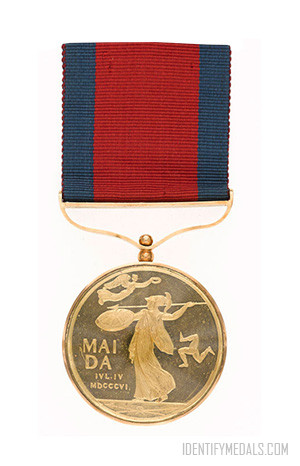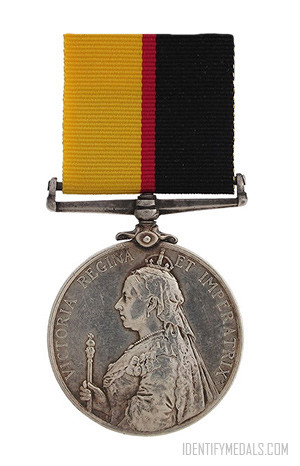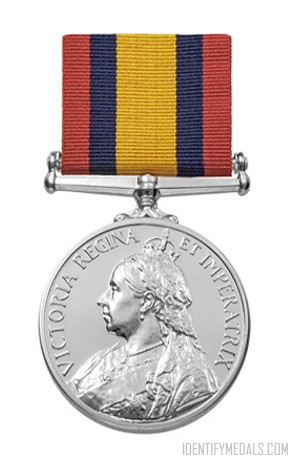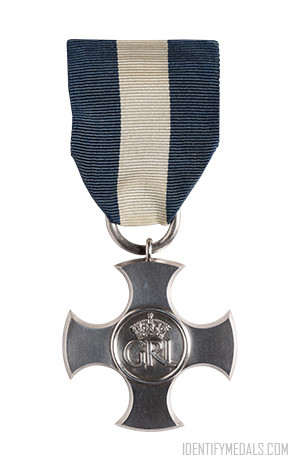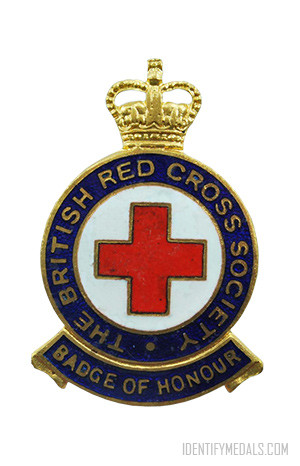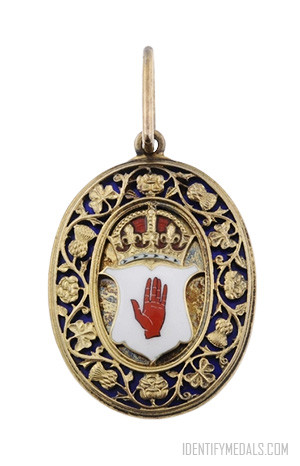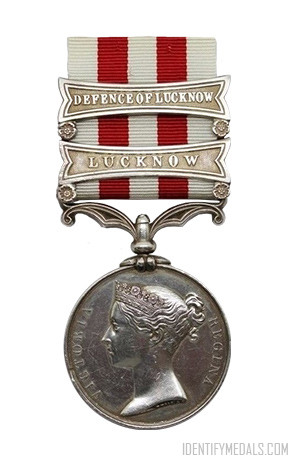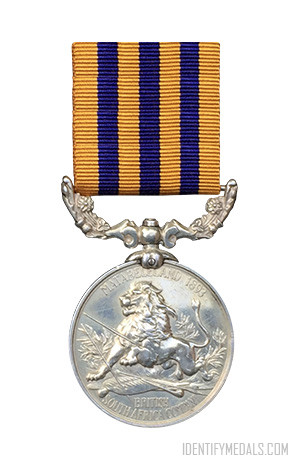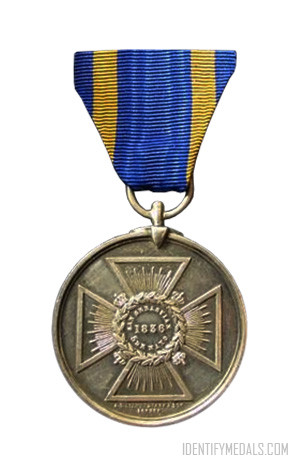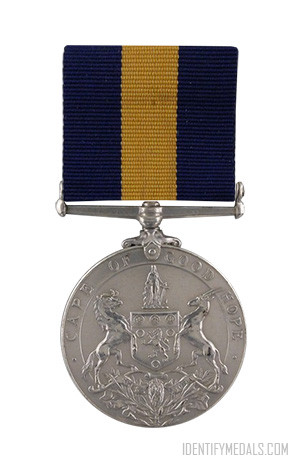- Time Period: Pre-WW1
- Year of Institution: 1911
- Country: Great Britain
The Khedive’s Sudan Medal is a campaign medal established in 1911 by the Khedive and awarded by the Khedivate of Egypt for service in the Anglo-Egyptian Sudan.
The medal was awarded for minor operations in Sudan to members of the Egyptian Army, including Sudanese battalions. Recipients included a number of British Army officers seconded to the Egyptian Army, although no complete British Army units took part. A number of members of the Royal Flying Corps received the medal with the Durfur 1916 and Fasher clasps, while about thirty members of the Royal Air Force received the Garjak Nuer clasp.
This medal replaced the earlier Khedive’s Sudan Medal (1897).
The Khedive’s Sudan Medal 1910 Design
The medal is circular and measures 36 millimeters in diameter. It was issued in silver with clasps to combatants and without a clasp to non-combatants. Camp followers, such as porters and grooms, received the medal in bronze without a clasp.
The obverse shows the Arabic cipher of the Khedive, and the Hijri year of its establishment. The medal awarded in 1911 bears the cipher of Khedive Abba Hilmi, while that from 1918 shows the cipher of the Sultan Hussain Kamil. The reverse bears a lion standing on a plinth bearing the word “SUDAN” with, behind, the sun rising above the flowing River Nile.
The ribbon is 32 millimeter wide in black with thin red and green stripes on each side. The medal hangs from a bar suspension.

